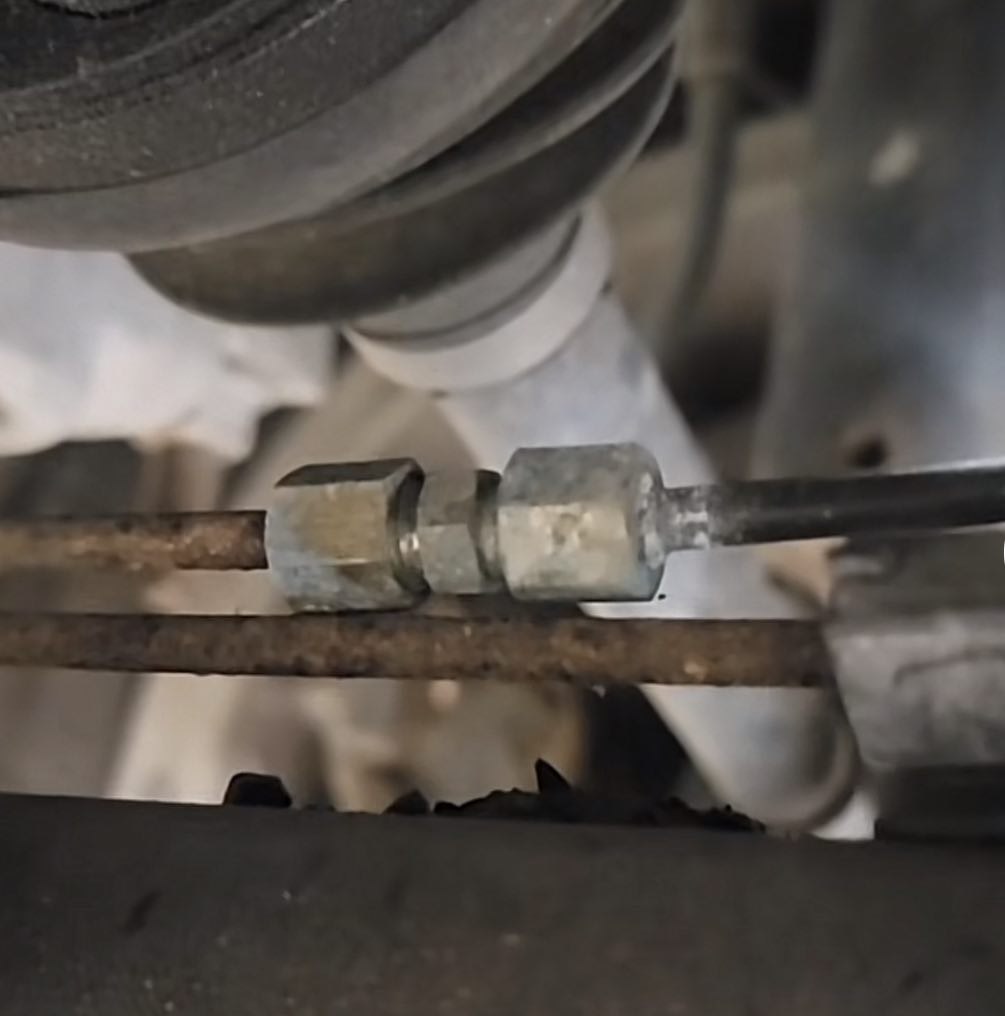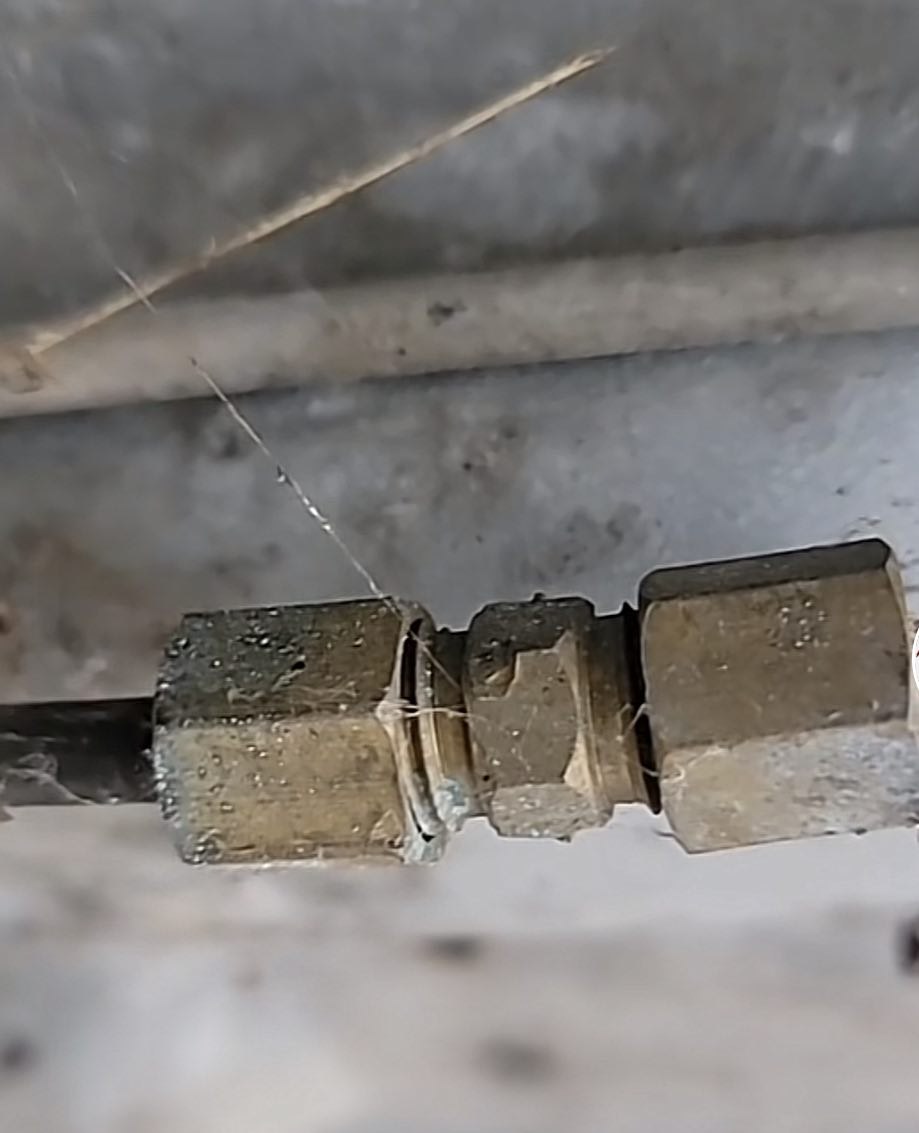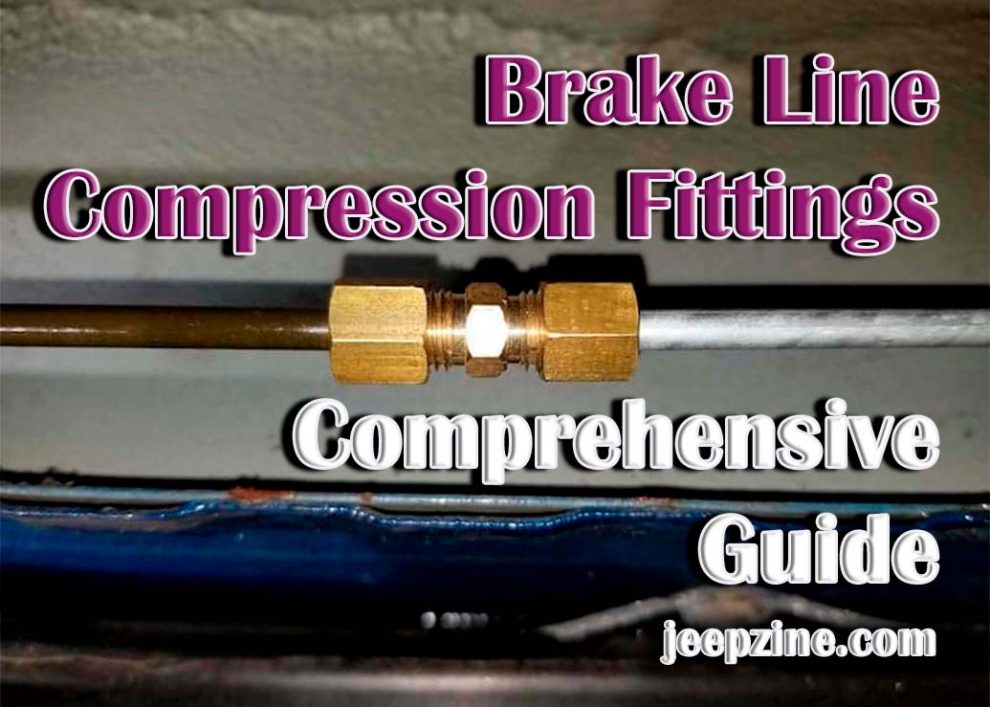Brake line compression fittings join two pieces of metal tubing in a hydraulic brake system. These fittings provide superior strength and tightness than other types of joiners and can be used for applications that require high pressure or vibration. Brake line compression fittings come in many shapes, sizes, and materials, making them suitable for various applications. In this article, we’ll provide an overview of brake line compression fittings, their benefits, how to install them, common problems that may arise with brake line compression fittings, and how to troubleshoot them.
What Are Brake Line Compression Fittings?

Benefits of Using Brake Line Compression Fittings
Brake line compression fittings offer a range of benefits that make them an essential component of a vehicle’s braking system. One of the key advantages is their ease of installation, which saves time and effort during maintenance or repairs. These fittings provide a secure and leak-free connection between brake lines, ensuring the hydraulic pressure is maintained effectively, resulting in consistent and responsive braking performance. Additionally, their compact design allows for flexible routing of brake lines, accommodating various vehicle configurations and minimizing clutter in the brake system. Unlike traditional flared fittings, compression fittings do not require specialized flaring tools, making them more accessible for DIY mechanics. Furthermore, their robust construction ensures durability, withstanding the rigors of daily driving and adverse environmental conditions. Brake line compression fittings offer a reliable and efficient solution, contributing to enhanced safety and peace of mind on the road.
How to Install a Brake Line Compression Fitting
Installing a brake line compression fitting correctly ensures an effective and safe connection. You’ll need basic tools to install the fitting, such as a tubing cutter, bender, and adjustable wrench. Start by measuring the length of tubing needed for the brake line connection. Using the tubing cutter, cut straight ends on both tubes so they fit together correctly. Next, use the tubing bender to shape the ends of each tube if necessary. Once both tubes are prepared correctly, insert them into each end of the brake line compression fitting until they fit snugly. Then, tighten down on the nut with your adjustable wrench until securely tightened. The last step is checking for leaks by pressurizing and testing with soapy water or leak detector fluid. If everything looks good, then you’re ready to go!
Common Problems and Troubleshooting Tips

Conclusion
Brake line compression fittings are essential to a vehicle’s braking system, providing a secure and leak-free connection between two pieces of tubing. They are easy to install, saving time during repairs and maintenance. Furthermore, they enhance safety and performance by maintaining hydraulic pressure in the brake lines. Although these fittings are generally reliable, problems may arise due to improper installation or environmental factors. By following the instructions outlined above and troubleshooting any issues that may occur, you can ensure your braking system is always performing optimally for safe driving.


Add Comment